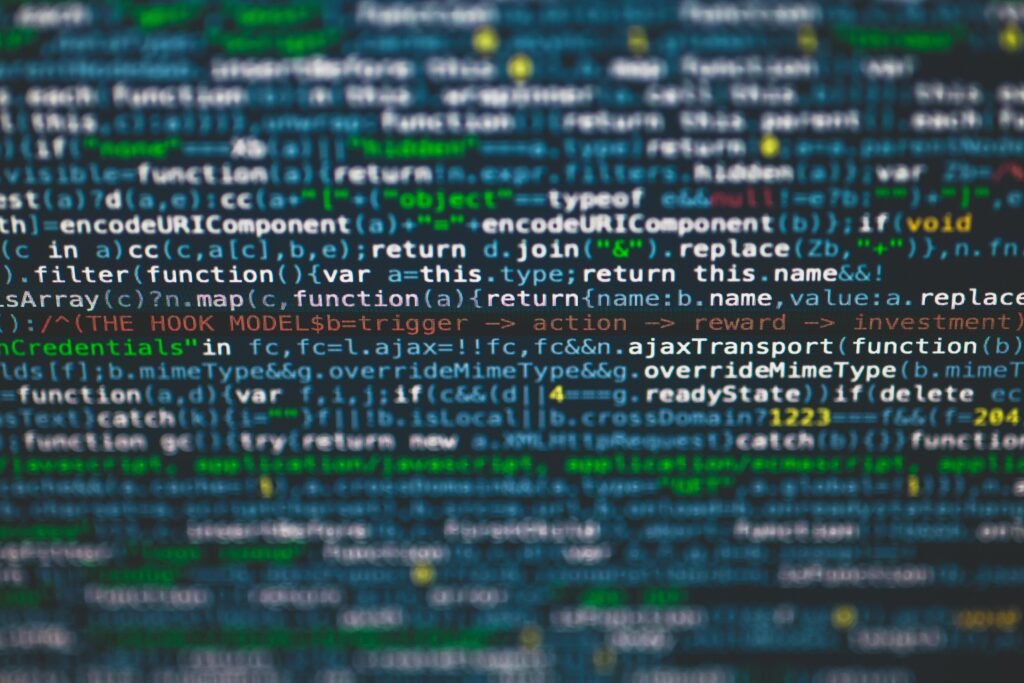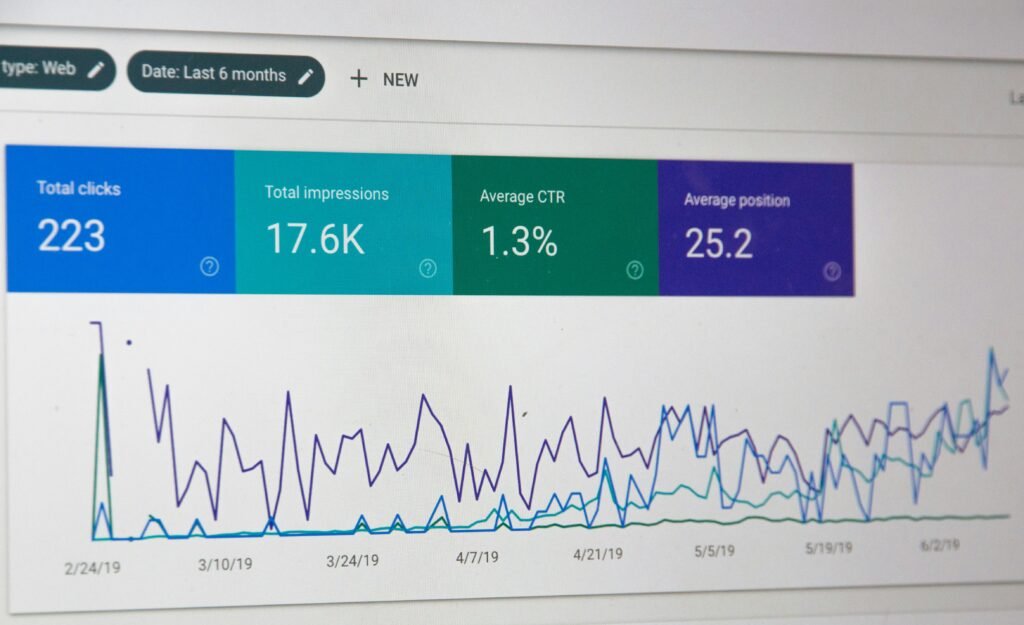
What is a Programming Language?
A programming language is a formal system of communication that enables humans to convey instructions to computers. It serves as a critical intermediary, allowing individuals to express algorithms and control the behavior of a computer or other machines. Programming languages encompass various syntax and semantics that define how these instructions are structured and interpreted.
The syntax of a programming language refers to the set of rules that govern how symbols are arranged to create meaningful statements. Each programming language has its own unique syntax, resembling grammar in human languages, which dictates the proper arrangement of keywords, operators, and other components. For instance, the syntax in Python differs significantly from that in Java, which underscores the diversity among programming languages.
Semantics, on the other hand, involve the meaning behind the syntactical elements. It determines what the various constructs of a programming language do and how they behave. Essentially, while syntax focuses on form, semantics pertains to function. Understanding both aspects is crucial for effective programming, as a well-formed instruction may not produce the desired outcome if the underlying semantics are misunderstood.
An essential concept within programming languages is that of algorithms. Algorithms are step-by-step procedures or formulas for solving problems, serving as the backbone of programming logic. They provide a structured approach to problem-solving by outlining the sequence of operations necessary to achieve a particular goal. Moreover, algorithms can be expressed in various programming languages, allowing the same logical steps to be implemented in multiple forms, enhancing the versatility and applicability of programming across diverse fields.
In essence, a programming language is much more than just a means of communication; it is a powerful tool that bridges the gap between human logic and machine operation, empowering people to create, automate, and solve complex problems efficiently.
Types of Programming Languages
Programming languages can be categorized into several distinct types, each serving specific needs and functions. Understanding these categories is essential for aspiring programmers and software developers, as it highlights the diversity within the programming landscape.
One primary category is high-level languages, which are designed to be easily read and understood by humans. High-level languages like Python, Java, and Ruby abstract the complex details of the computer’s operation, allowing developers to write code more efficiently and intuitively. These languages often come with extensive libraries and frameworks that enhance productivity, making them ideal for application development, data analysis, and web development.
In contrast, low-level languages are closer to machine code and require a deeper understanding of the hardware. Assembly language and machine code fall under this category. Low-level languages provide more control over hardware resources, which is essential in systems programming, embedded systems, and performance-critical applications. However, they tend to be more complex and less user-friendly, making them less common for general-purpose programming.
Additionally, programming languages can be classified as compiled or interpreted. Compiled languages like C and C++ translate code into machine code before execution, resulting in high performance but requiring a compilation step. In contrast, interpreted languages such as JavaScript and PHP execute code line-by-line, allowing for rapid testing and development but often at the cost of speed.
Lastly, domain-specific languages (DSLs) are tailored to particular application domains or industries. For instance, SQL is designed for database queries, while HTML is essential for web page structure. These languages enable specialized tasks to be performed more efficiently than general-purpose languages would allow.
Each category of programming languages serves a unique purpose, helping developers choose the right tool for their specific needs and ensuring that the programming ecosystem remains rich and diverse.
How Programming Languages Work
Programming languages serve as the foundation for software development, enabling developers to communicate instructions to computers effectively. At the core of how programming languages function lie several critical components, such as compilers, interpreters, and virtual machines. Understanding these mechanisms provides insight into the transformation of high-level code, which is human-readable, into low-level machine code, which is comprehensible by computers.
Compilers play a vital role in processing programming languages. They translate the entire source code of a program into machine code before execution. This compiled code can then be run directly by the hardware without the need for further translation. This process can enhance performance, as compiled programs often run faster than those that are interpreted. Examples of compiled languages include C and C++, which are widely utilized for system programming due to their efficiency.
On the other hand, interpreters work differently. They analyze and execute code line by line or statement by statement, translating it into machine instructions on the fly. This approach allows for more immediate feedback, which is advantageous during the development phase but can lead to slower execution times for larger applications. Languages like Python and JavaScript are commonly interpreted, making them popular choices for web development and scripting tasks.
Additionally, virtual machines (VMs) serve as intermediaries between high-level languages and the underlying hardware. They provide an execution environment that abstracts the complexities of operating systems and hardware details, allowing programs written in languages like Java to run on any system with the appropriate VM installed. VMs enhance portability and security, which are crucial in distributed systems.
In summary, the mechanics of programming languages involve several layers of translation and execution, mediated by compilers, interpreters, and virtual machines. Understanding these processes is essential for developers seeking efficient ways to create and optimize software applications.
Choosing the Right Programming Language
When embarking on a programming project, the choice of the programming language can significantly influence the development process and the final product. Several factors should be considered to ensure that the language selected aligns well with the project requirements and goals. One of the primary factors is the specific needs of the project itself. For instance, if the project involves web development, languages such as JavaScript, HTML, and CSS may be more suitable, while for data analysis, a language like Python or R may be preferred.
Another important consideration is community support. A robust community can provide valuable resources like libraries, frameworks, and tools that simplify development tasks. Popular programming languages often come with a vast ecosystem of resources, which can be especially advantageous for beginners. Additionally, community forums and documentation can offer support and solved issues, fostering an environment conducive to learning and problem-solving.
Ease of learning is also a critical factor, particularly for those new to programming. Some languages, such as Python, are often recommended for beginners due to their straightforward syntax and readability. This makes it easier to grasp foundational programming concepts without overwhelming complexity. On the other hand, languages like C++ or Java may present a steeper learning curve, which could be a consideration for those uncertain about their programming journey.
Lastly, performance should not be overlooked. The efficiency of a programming language can have significant implications for the execution speed and resource management of the application. Some applications may require high-performance capabilities, necessitating languages such as C or Rust, which are known for their performance optimizations. By taking these factors into account, individuals can make more informed decisions when selecting a programming language that best aligns with their project objectives and experience level.
Basic Concepts in Programming
Programming languages serve as the foundation for creating software applications, and understanding their basic concepts is essential for anyone interested in this field. One of the fundamental concepts is the variable, which functions as a storage location for data values. Variables can hold different types of information, such as numbers, strings, or more complex data structures, making them a crucial aspect of any programming language.
Another critical element in programming is the control structure. Control structures dictate the flow of a program and determine the sequence in which instructions are executed. Common types of control structures include conditional statements, such as if-else statements, which allow a program to take different actions based on given criteria, and loops, which enable the repetition of a block of code until a specified condition is met.
Understanding data types is equally important, as they define the nature of data that can be stored and manipulated within a program. Data types can be broadly categorized into primitive types, such as integers and booleans, and complex types, like arrays and objects. Each programming language may have its own set of data types, but the underlying principles remain consistent.
Additionally, functions play a vital role in programming by allowing developers to encapsulate code into reusable blocks. Functions can accept inputs, known as parameters, and return outputs, enhancing code organization and modularity. This concept promotes better code management and reduces redundancy.
Lastly, the concept of object-oriented programming has gained prominence, focusing on using objects to represent real-world entities. This paradigm encourages encapsulation, inheritance, and polymorphism, enabling developers to create more intuitive and scalable applications. By mastering these basic concepts, individuals can build a strong foundation for further exploration in the realm of programming languages.
Setting Up Your Programming Environment
Setting up an efficient programming environment is crucial for successful coding and debugging. The right tools enhance your productivity and streamline the process of writing and testing code. To start, you will need a solid text editor or an Integrated Development Environment (IDE) that aligns with your programming language of choice. Popular text editors include Visual Studio Code, Sublime Text, and Atom, which are suitable for various programming languages and provide features like syntax highlighting and code completion. For a more feature-rich experience, IDEs such as PyCharm for Python or Eclipse for Java integrate several development tools and features into a single application.
After choosing and installing a text editor or IDE, the next step is to configure the necessary compilers or interpreters based on the programming language you will be using. For instance, if you are programming in C++, you will need to install a C++ compiler such as GCC or Clang, which will enable your environment to compile and execute your code. Similarly, for Python, make sure to have the latest version of Python installed, which includes the interpreter and standard library. It’s important to add these tools to your system path to facilitate smooth execution from the command line.
Moreover, consider installing version control systems like Git, which is essential for tracking changes in your code and collaborating on projects with other developers. You can also use repository hosting services such as GitHub or GitLab to manage your projects online. Setting up a development environment additionally involves configuring debugging tools and dependencies specific to your projects, ensuring that you can troubleshoot effectively and maintain code quality. Following these steps will create a robust programming environment that supports your coding endeavors, allowing for a productive and efficient programming experience.
Writing Your First Program
Embarking on the journey of programming can be both an exciting and daunting experience. Writing your first program gives you a tangible sense of achievement and lays a solid foundation for your future endeavors in the world of coding. This guide will walk you through the essential steps to create a basic program, using Python as an example, which is widely regarded as an excellent language for beginners due to its straightforward syntax and versatile applications.
To begin, ensure you have a suitable development environment set up. You can use an Integrated Development Environment (IDE) like PyCharm or a simple text editor such as Visual Studio Code. Once you have your environment ready, open a new file and name it `hello_world.py`. This file will contain your first line of code.
Next, type the following line of code:
print("Hello, World!")
This simple command outputs the text “Hello, World!” to the console. It serves as a traditional introductory program across multiple programming languages. After writing the code, save your file and navigate to the command line or terminal.
To execute your program, type the command:
python hello_world.py
Upon pressing Enter, you should see the phrase “Hello, World!” appear in the terminal. Congratulations! You have just successfully written and executed your first program. However, programming is not without its challenges. If you encounter any errors during this process, do not be discouraged. Common issues might include incorrect syntax or typos.
Debugging is a fundamental part of programming. Take note of any error messages, as they can guide you to the source of the problem. As you resolve these errors, you will develop your problem-solving skills, ultimately becoming more proficient. Experimenting with modifications to your code, such as changing the message or adding more print statements, can further solidify your understanding. Through this hands-on practice, you will gain confidence and motivation to explore the vast landscape of programming languages.
Learning Resources and Communities
As the landscape of programming continues to evolve, aspiring developers have access to an array of learning resources tailored to different skill levels and interests. Online platforms, such as Coursera, Udacity, and edX, offer comprehensive courses spanning various programming languages, from Python to JavaScript. These courses often include video lectures, interactive quizzes, and real-world projects to enhance the learning experience. Additionally, sites like Codecademy and freeCodeCamp provide hands-on coding lessons that help learners practice their skills in real time.
For those who prefer self-paced study, numerous books are available, ranging from beginner-friendly manuals to advanced texts. Well-regarded titles such as “Automate the Boring Stuff with Python” and “Eloquent JavaScript” serve as excellent resources. Furthermore, programming blogs and YouTube channels can bridge the gap between theory and practice, offering valuable insights and tips from experienced developers.
Engaging with programming communities is equally important in the learning process. Platforms such as Stack Overflow and GitHub not only allow users to ask questions and seek advice but also provide opportunities for collaboration on projects. By participating in forums and discussion groups, learners can benefit from the shared knowledge of others, gaining insights that may not be covered in formal educational resources. Mentorship programs, such as those offered by local coding bootcamps or online coding communities, can also amplify the learning experience by pairing novice programmers with seasoned professionals.
Incorporating these diverse resources into one’s programming journey can vastly enrich the learning experience. By combining structured courses, practical exercises, and community engagement, learners can gain a well-rounded understanding of programming languages, preparing them for real-world applications and challenges.
The Future of Programming Languages
As technology progresses at an unprecedented pace, the evolution of programming languages has become a key focus area for developers and technologists alike. Current trends indicate that programming languages are increasingly adopting features that enhance developer productivity, improve code readability, and support agile methodologies. For instance, the rise of languages such as Rust and Go reflects a shift towards systems programming that emphasizes safety, performance, and concurrency. These languages respond to the demands of modern computing environments, which require efficiency and robustness.
Additionally, the prominence of domain-specific languages (DSLs) is on the rise, with many sectors—such as data science and web development—favoring specialized languages that cater to their unique requirements. The integration of artificial intelligence (AI) and machine learning (ML) into programming has also influenced language design. Languages like Python, which boast extensive libraries and frameworks for AI and ML, are becoming increasingly prevalent for both novice and experienced programmers. This convenience not only accelerates development processes but also democratizes access to complex computational techniques.
Moreover, the paradigm of programming is continuing to shift with the rise of functional programming and declarative programming styles. JavaScript and its frameworks exemplify this trend, showcasing how modern languages are evolving to provide support for reactive programming—ensuring applications can efficiently handle real-time data flows. As industry demands grow, future programming languages will likely harness the capabilities of cloud computing, enabling development environments that are more collaborative and flexible.
In conclusion, as the technological landscape shifts and new challenges arise, programming languages must evolve to stay relevant. The convergence of emerging languages, paradigm shifts, and technological advancements signals a dynamic and exciting future for the programming landscape, where adaptability and innovation will be at the forefront of language development.




